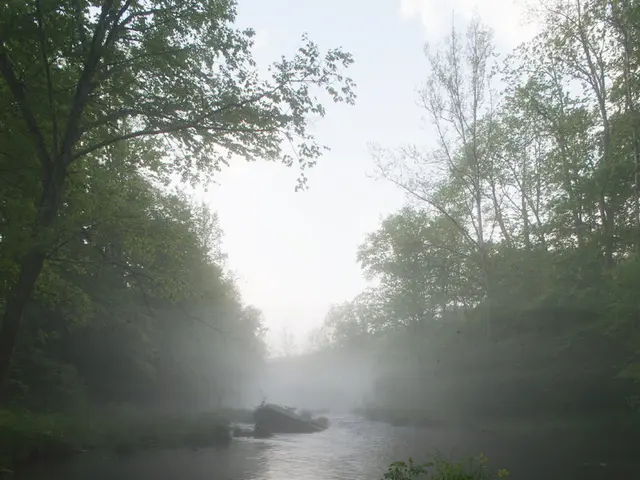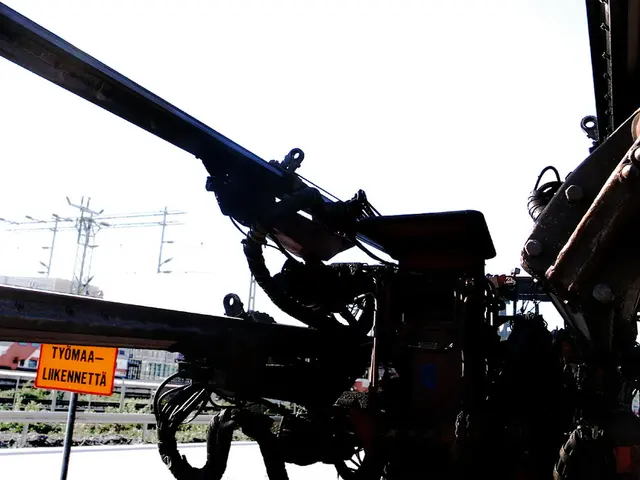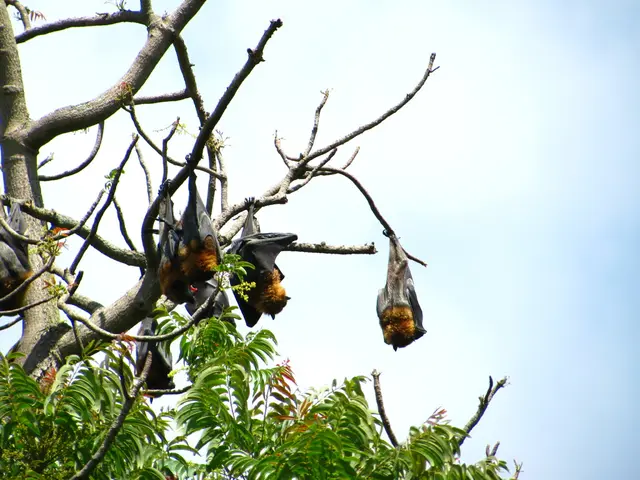Gran Chaco Forest Faces Severe Climate Threats, Women's Project Offers Hope
The Gran Chaco, South America's second-largest forest, faces severe climate threats. Increased droughts, floods, and extreme weather events are expected in the next three decades, impacting over eight million residents, including more than 300,000 in Bolivia. To mitigate these risks, the NANUM Mujeres Conectadas project digitally connects women in the region for emergency warnings and climate information.
The Gran Chaco, spanning over 100 million hectares, is vital for agriculture, livestock breeding, and handicrafts. However, agro-industrial development and climate change threaten these traditional activities. Droughts and floods, once cyclical over decades, now occur every few years, causing soil erosion, desertification, and altered hydrological regimes.
To combat these challenges, the NANUM Mujeres Conectadas project uses digital media, including WhatsApp, to provide early warnings. This system has reduced storm damage by up to 30 percent. The project, supported by Doctors Without Borders, aims to strengthen communities' resilience to climate crisis effects. Without intervention, deforestation and land use changes could lead to the loss of an area equivalent to 200 times the size of Buenos Aires by 2028. The Pilcomayo river, with high sediment transport, causes house and crop damage during floods.
The Gran Chaco's future hangs in the balance due to climate change and development pressures. The NANUM Mujeres Conectadas project offers a lifeline, digitally connecting women for emergency warnings and climate information. Successful implementation could significantly reduce the impact of frequent droughts, floods, and extreme weather events, safeguarding the region's traditional activities and communities.
Read also:
- Boston Metal pioneers route to commercial production for eco-friendly steel method
- United States Secures $632 Million to Fuel Electric Vehicle Revolution
- Clean energy companies HyFlux and AMRC secure financing from ATI for game-changing advancements in aeroplane cooling systems linked to clean aviation.
- DKSH Upgrades Distribution Operations Through Significant Technological Renovation








